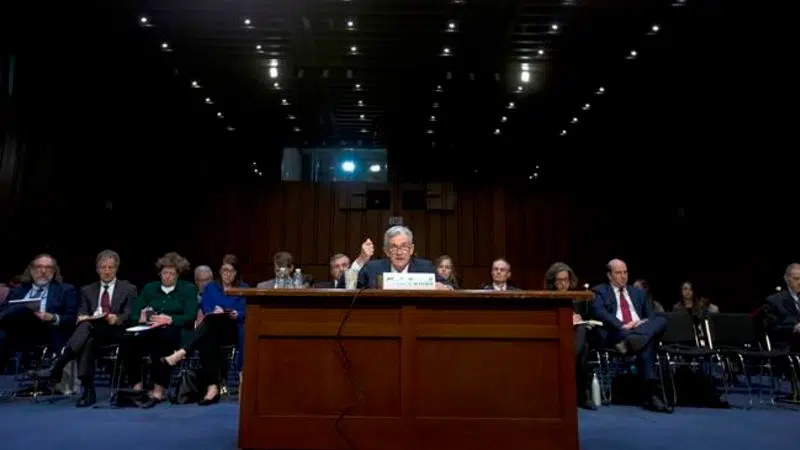
Fed’s Powell sees steady growth, signals pause in rate cuts
WASHINGTON — Federal Reserve Chairman Jerome Powell said Wednesday that the Fed is likely to keep its benchmark short-term interest rate unchanged in the coming months, unless the economy shows signs of worsening.
But for now, in testimony before a congressional panel, Powell expressed optimism about the U.S. economy and said he expects it will grow at a solid pace, though it still faces risks from slower growth overseas and trade tensions.
“Looking ahead, my colleagues and I see a sustained expansion of economic activity, a strong labour market, and inflation near our symmetric 2% objective as most likely,” Powell said before Congress’ Joint Economic Committee.
Fed policymakers are unlikely to cut rates, Powell said, unless the economy slows enough to cause them to make a “material reassessment” of their outlook.
